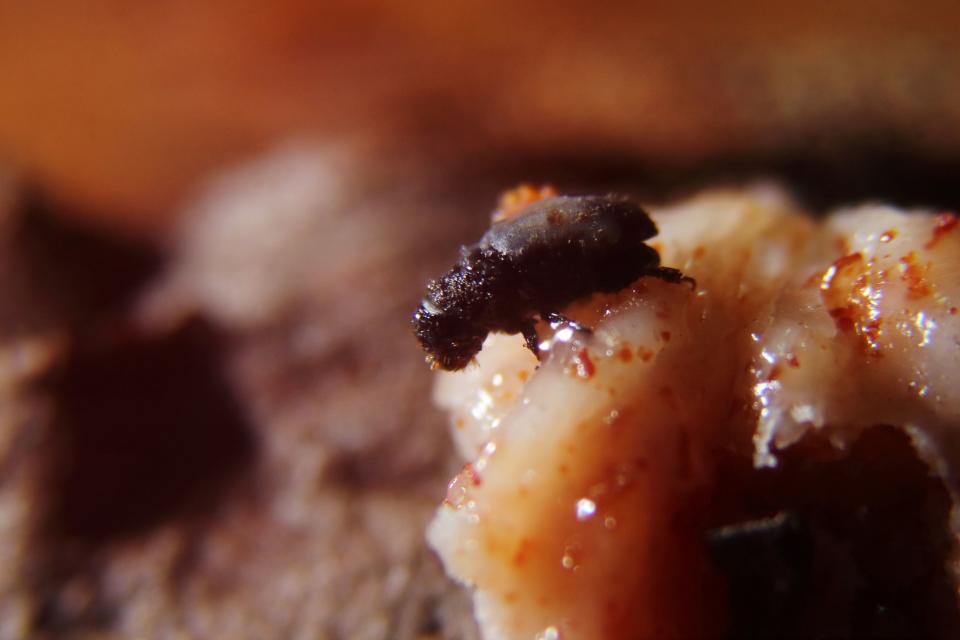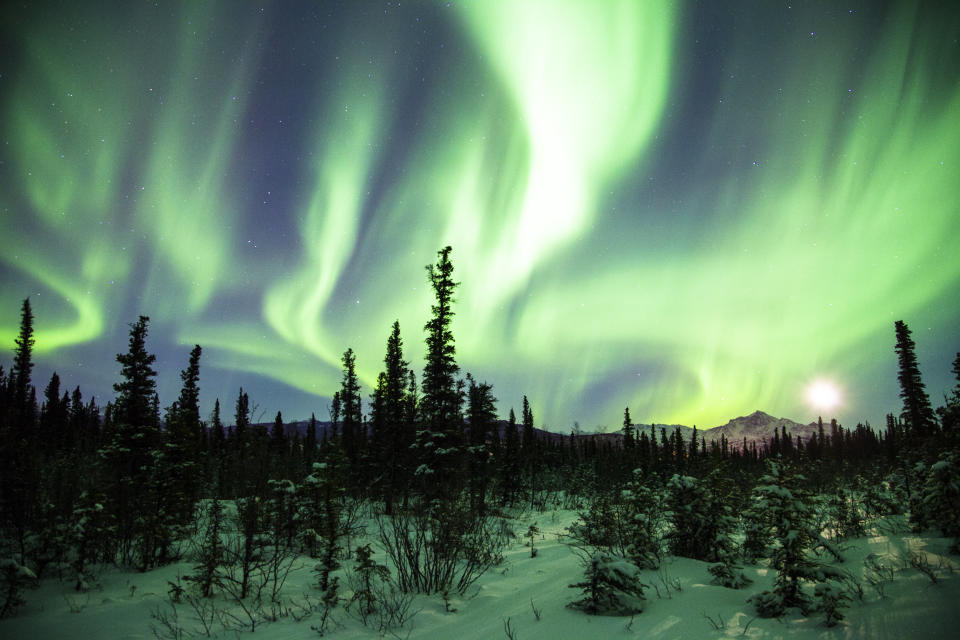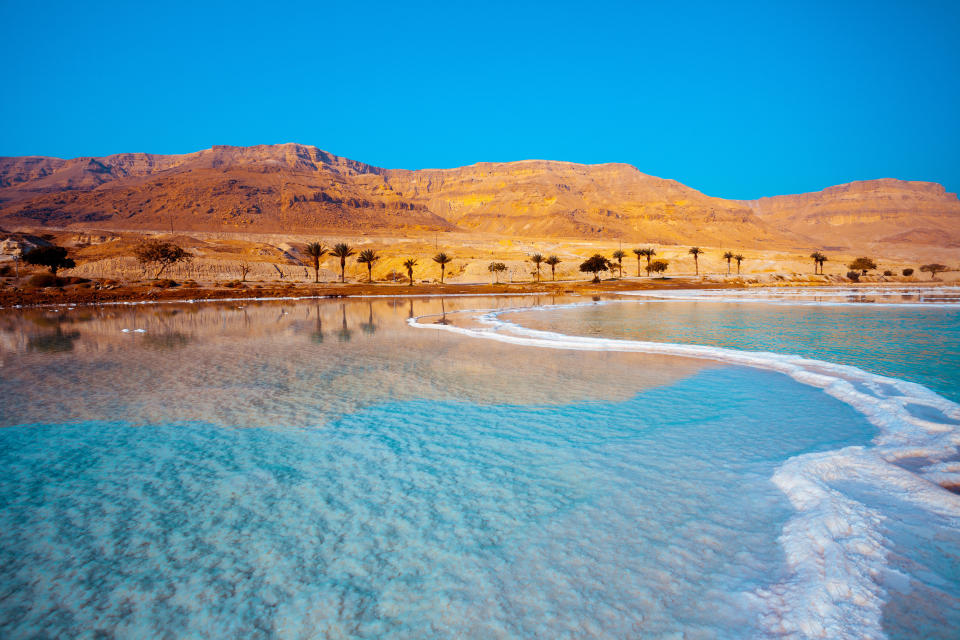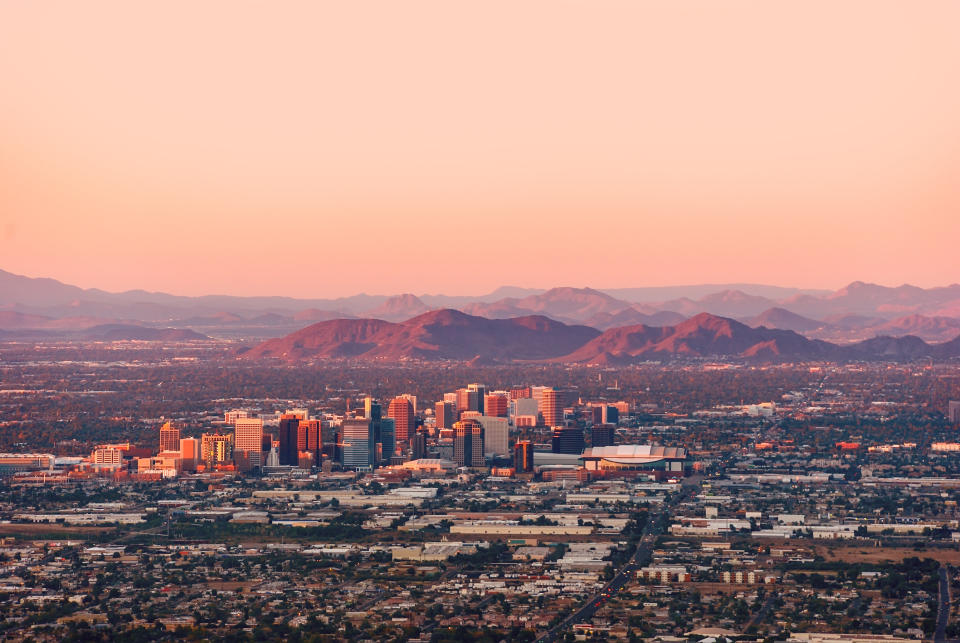Winter Cold Snaps Used To Kill Off Forest-Eating Beetles. Not Anymore.
Ecosystems ravaged by climate change tend to reward to pests and invasive species. Stinging jellyfish thrive in warm, acidic seas. Rats multiply in extreme summer heat and frigid, urban winters. Disease-carrying mosquitoes, including the species that carries Zika virus, find homes farther and farther to the north.
The same goes for Southern pine beetles, an invasive species that burrows into the trunks of conifers and lays eggs. For nearly two decades, the insects ― native to the southeastern United States ― have ravaged woodlands in New Jersey and New York. By 2020, they could threaten forests as far north as Canada, according to a study released Monday by researchers at Columbia University.
“The coldest temperature of the year, which really sets that boundary for whether the species can survive or not, has been warming rapidly in the eastern United States,” Radley Horton, a co-author of the paper, told HuffPost. “Climate models generally project for the future, as well, that those really cold temperatures are going to warm a lot.”

By 2050, according to the study, 78 percent of the 48,000 square miles of pitch pine forests from southern Maine to eastern Ohio could become suitable habitats for the beetles. By 2060, that area could stretch to Wisconsin. By 2080, 71 percent of red pines and 48 percent of jack pines, species of tree that cover 270,000 square miles from the northeastern U.S. to huge swaths of southern Canada, could be at risk.
The insects first showed up in New Jersey in 2001, and have since spread to Connecticut and New York, particularly Long Island. New York’s Department of Environmental Conservation has felled more than 15,000 trees in Long Island’s Pine Barrens to try to contain the beetles.
The beetles infestations cost and estimated $100 million in timber losses from 1990 to 2004 alone, according to the U.S. Forest Service.
If infestations are discovered in individual trees on private property, arborists can treat the pines using chemical injections to kill off the beetles.
“If you catch it in time, you can do micro injections, but the problem is you usually catch them when it’s too late, and the only thing you can do is cut the tree down,” Dana Murch, an arborist at Howard’s Tree Service on Long Island, told HuffPost. “You can’t get there too late.”
But in forested areas, where the insects are most at risk of spreading and wiping out trees by the grove, pesticidal treatments risk contaminating groundwater, “so you don’t want to treat that with any kind of chemical,” Murch said.
To determine the scope of the beetles’ spread, Horton and co-author Corey Lesk examined studies from the 1930s that determined how long it took the insects to die in the cold. They then compared the findings to a series of models that take global warming into account, including one measuring temperatures in tree bark.
“For the bark model, we found that there is a buffer,” Horton said. “It never gets as cold inside the bark as it does in the air.” In a twist of nature, that allows the trees the beetles are killing to prevent the bugs from being killed.
“More research is needed to test whether forests have mechanisms to deter the beetles,” Horton said. “But our study reveals that climate, which has historically been one of the key barriers for this species, may not be providing that anymore.”
CORRECTION: An earlier version of this featured a photo of trees plagued by a different species of pine beetle in California and suggested that the Southern pine beetle appeared in New York nearly two decades ago. It arrived in New Jersey at that time, but only appeared in New York in the past few years.
Related...
Don't Be Fooled By The Gentler Tone Of Charles Koch's Climate-Change Denial
Extreme Weather Takes A Toll On Wheat Harvests. Climate Change Will Make It Worse.
Insurers Talk A Lot About Climate Change, But Most Still Do Business In Coal
Climate Change Could Lead To An Uptick In Type-2 Diabetes
Why Houston Is So Prone To Devastating Floods
Also on HuffPost
The Alps

Alaska

The Dead Sea

Phoenix, Arizona

Love HuffPost? Become a founding member of HuffPost Plus today.
This article originally appeared on HuffPost.

